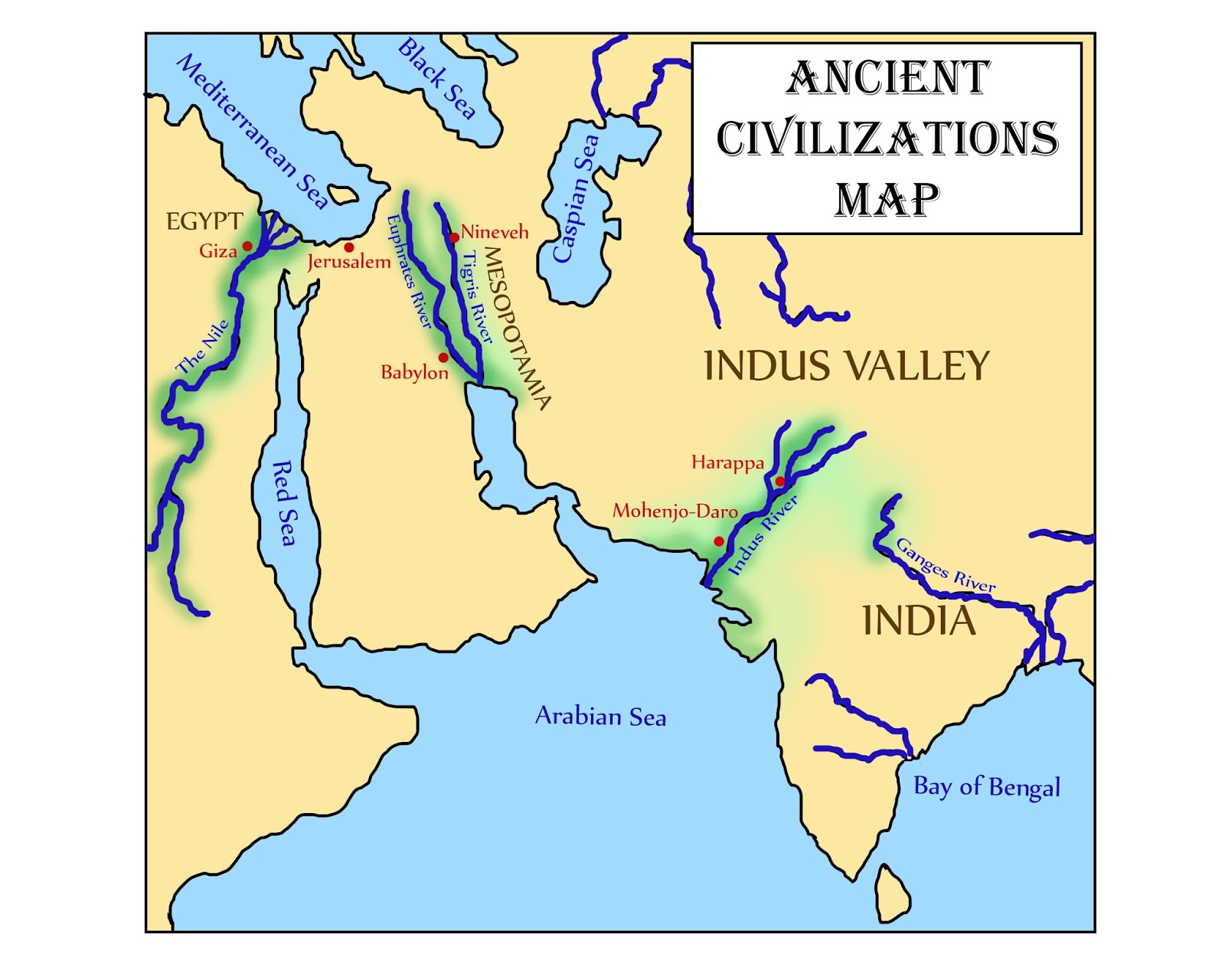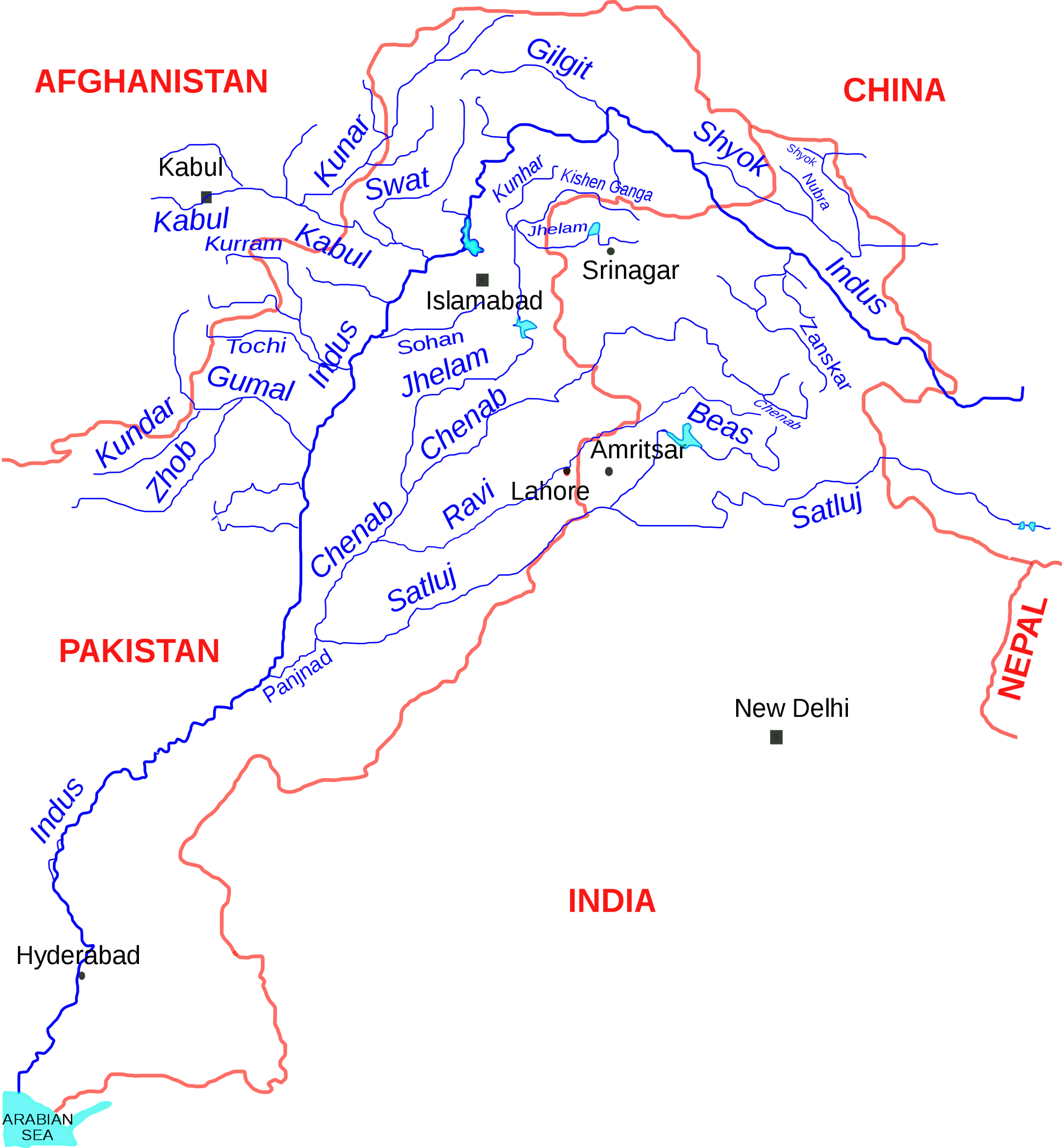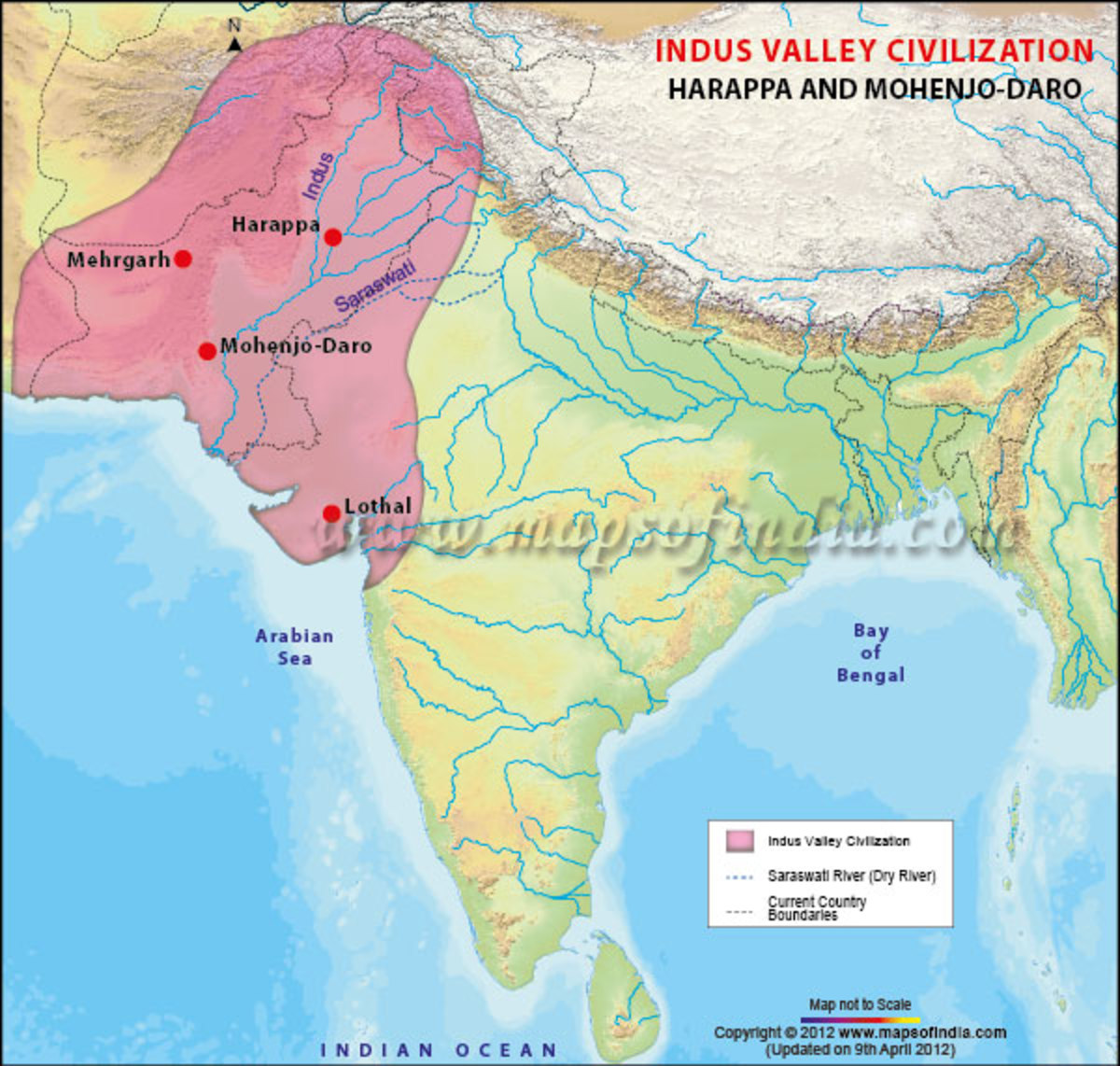
27 Map Of Indus River Online Map Around The World
Population growth, mismanagement, and climate change all threaten this crucial water supply.

INDUS RIVER davidsindiaproject
The Indus Valley Civilization existed through its early years of 3300-1300 BCE, and its mature period of 2600-1900 BCE. The area of this civilization extended along the Indus River from what today is northeast Afghanistan, into Pakistan and northwest India. The Indus Civilization was the most widespread of the three early civilizations of the.

Indus Valley Civilization lived without an active, flowing river system
The civilization was first identified in 1921 at Harappa in the Punjab region and then in 1922 at Mohenjo-daro (Mohenjodaro), near the Indus River in the Sindh (Sind) region. Both sites are in present-day Pakistan, in Punjab and Sindh provinces, respectively. The ruins of Mohenjo-daro were designated a UNESCO World Heritage site in 1980.

The Indus River System EDUBABA
This is also true for other once-perennial waterways such as China's Yellow River and India's Indus River, which too are overexploited. Ocean drainage basin map of Australia Robert Szucs.

Map Indus River System Share Map
Indus River, great trans-Himalayan river of South Asia. It is one of the longest rivers in the world, with a length of some 2,000 miles (3,200 km). The earliest chronicles and hymns of peoples of ancient India, the Rigveda, composed about 1500 BCE, mention the river, which is the source of the country's name.

River Indus Quick Facts, Significance & More! Zameen Blog
The Indus river and its watershed have a rich biodiversity. It is home to around 25 amphibian species. Mammals. The Indus river dolphin (Platanista indicus minor) is found only in the Indus River. It is a subspecies of the South Asian river dolphin. The Indus river dolphin formerly also occurred in the tributaries of the Indus river.

where is the indus river valley located
Indus River Map. The Origin of the river Indus lies in the Tibetan Plateau near the lake of Manasarovar. It arises at the junction of the river Sengge Zangbo and river Gar Tsangpo. The River flows through three countries of the Asian continent which are namely India, China and Pakistan. The overall length of the river is approximately 3,180.

How India and Pakistan are competing over the mighty Indus river
Indus Valley Civilisation. Excavated ruins of Mohenjo-daro, Sindh province, Pakistan, showing the Great Bath in the foreground. Mohenjo-daro, on the right bank of the Indus River, is a UNESCO World Heritage Site, the first site in South Asia to be so declared. Miniature votive images or toy models from Harappa, c. 2500 BCE.

Map of the Indus River Basin. (Map by ICIMOD) Download Scientific Diagram
The Indus River System, which consists of the Indus, Jhelum, Chenab, Ravi, Beas, and Satluj, is made up of the principal tributaries of the Indus River. The Indus Water Treaty was signed in 1960 for the purpose of water sharing because the Indus River flows through both India and Pakistan. The Indus River System's distribution throughout.

1. Map of the upper Indus River Basin (study area), showing the
The Indus River Valley Civilization, 3300-1300 BCE, also known as the Harappan Civilization, extended from modern-day northeast Afghanistan to Pakistan and northwest India.. This map shows the extent of the Indus Valley Civilization during the Mature Harappan Phase. Civilization is highlighted in brown in the area of modern-day Pakistan and.

Geographical conditions for the development of Ancient India Short
Indus River System. It originates from a glacier near Bokhar Chu in the Tibetan region at an altitude of 4,164 m in the Kailash Mountain range near the Mansarovar Lake.; The river flows northwest and enters in Ladakh region in India from a place called Demchok, after entering India Indus river flows in between Karakoram and Ladakh range but more closer to the Ladakh range.

Indus WWF
The Indus River is 3,180 kilometres (1,976 miles) long and it is also the longest river in Pakistan. Drainage The Indus River features a total catchment basin of more than 1,165,000 square km.

River Indus In India Map World Map
Indus River. Also referred to as the "Sindhu", the Indus River is a long transboundary river in the Continent of Asia that is shared by the countries of China, India, and Pakistan.Rising in Western Tibet, the river flows for more than 3,180km and is considered as one of the world's largest rivers and the longest river in Pakistan. The Indus river's total drainage area is approximately.

The Harappan Civilization in the Great Indus River Valley HubPages
The river passes through Pakistan, India, and China's Tibetan areas. It is referred to as Singi Khambai or Lion's mouth in Tibet. The Indus River System consists of the Indus, Jhelum, Chenab, Ravi, Beas, and Satluj, and is made up of the principal tributaries of the Indus River. The Indus water pact was established in 1960 to share water.

Cool map of Pakistan + Indus basin and the Himalayan origin of the big
Find local businesses, view maps and get driving directions in Google Maps.

(a) Overview of the Indus river basin within its original boundaries
The rivers such as Indus along with its tributaries, Ganga, Yamuna, Godavari, Krishna, Kaveri, Narmada and Tapi are shown on a river map of India Find out about all the major rivers of India in.